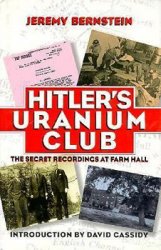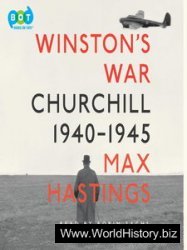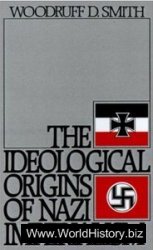Old Joseph died in 1871. Two of his sons, Joseph and Ollikut, became the leaders of the Wallowa band. In 1877, the band still lived in their ancestral valley. By this time, even more settlers wanted their valley for its good grazing land. The band was given 30 days to relocate to the Nez Perce Reservation at Lapwai, Idaho Territory.
It was during this period that violence erupted. Young warriors attacked and killed a group of whites who had earlier mistreated Indians. The tradition of cooperation had ended. Joseph, who had been an advocate of peace, now gave his support to the rebels. He joined them at their hiding place at White Bird Canyon on the Salmon River in Idaho.
A detachment of cavalry was sent out to locate the Indians in June 1877. A party of six Nez Perce approached under a flag of truce to negotiate with the army. Soldiers, ignoring the white flag, fired at them.
Warriors fired back, killing two soldiers. In the ensuing Battle of White Bird Creek, the Nez Perce killed 34 soldiers and suffered no fatalities themselves.
Thus began the Nez Perce War. This war, often referred to as the Flight of the Nez Perce, is one of the most remarkable stories of pursuit and escape in military history. The winding flight through the wilderness took the Indians 1,700 miles, through parts of three territories (soon to be states): Idaho, Wyoming, and Montana. The refugees climbed through mountains: the Bitterroot, Absaroka, and Bear Paw Ranges in the Rocky Mountain chain. They descended canyons. They walked over many stretches of rocky and barren plains. They crossed many rivers: the Bitterroot, Yellowstone, Musselshell, and Missouri to name a few.
During this epic journey, the renegade band was chased by three armies. They fought numerous battles: Clearwater Creek in Idaho in July; Big Hole Valley (Montana) in August; Camas Creek (Idaho) in August; Canyon Creek and Cow Island (Montana) in September; and Bear Paw (Montana) in October. The Nez Perce, until the final battle, consistently outsmarted, outflanked, and outfought the larger government forces.
There were other adventures as well. In one incident, the soldiers went to a lot of trouble to build a barricade blocking the Lolo Pass through the Bitterroot Mountains out of Idaho into Montana. The Nez Perce managed to avoid a fight by leading their horses along the face of a cliff. Because the barricade served no purpose for the troops, they called it Fort Fizzle. In another incident, the Nez Perce entered the recently formed Yellowstone National Park in the northwest corner of Wyoming. The tourists were startled to see Indians marching through their midst. But the Nez Perce treated them well.
Many fascinating personalities participated in the conflict. In addition to Chief Joseph and his younger brother Ollikut, there were Looking Glass, Toohoolhool-zote, Red Echo, Five Wounds, Rainbow, and White Bird. There was also the mixed-blood Lean Elk, who was called Poker Joe by the whites. All of them played a part in the decision making and military strategy.
Leading the U. S. forces was a one-armed general named Oliver Howard. A humane man who had founded Howard University to provide an education for newly freed slaves, in the Nez Perce campaign he found himself in pursuit of a group of formerly peaceful Indians who had originally wanted only their homeland and now wanted only their freedom in Canada. Many died along the way. With every additional mile of the long trek, the survivors were increasingly weary, hungry, and desperate for survival.
The refugees never reached Canada. Their valiant march fell only 30 miles short. The troops overtook them once and for all at Snake Creek in the Bear Paw Mountains. It was at Bear Paw, after six days of fighting, that Chief Joseph gave his famous surrender speech:
Tell General Howard I know his heart. What he told me before, I have in my heart. I am tired of fighting. Our chiefs are killed. Looking Glass is dead. Toohoolhool-zote is dead. It is the young men who say yes or no. He who led the young men is dead [Ollikut]. It is cold and we have no blankets. The little children are freezing to death. My people, some of them, have run away to the hills, and have no blankets, no food. No one knows where they are—perhaps freezing to death. I want to have time to look for my children and see how many I can find. Maybe I shall find them among the dead. Hear me, my chiefs, I am tired. My heart is sick and sad. From where the sun now stands, I will fight no more forever.
Chief Joseph was never allowed to return to his ancestral Wallowa valley. Officials sent him and others of his people to Kansas, then to the Indian Territory, and finally to the Colville Reservation in Washington State where he died in 1904. The reservation doctor reported that “Joseph died of a broken heart.”




 World History
World History









